
Projector screens come with a variety of parameters that are crucial to understand as they directly impact the quality of the projected image and the overall viewing experience. One of the key parameters is the screen size, which is typically measured diagonally. The size of the screen you choose depends on the intended use and the available space. For a small home theater or personal use in a small room, a 60 - 80 - inch screen may be sufficient. These smaller screens are more affordable and can provide a good viewing experience when the distance between the viewer and the screen is relatively short.
On the other hand, for larger home theaters, classrooms, or conference rooms, larger screens such as 100 - 150 inches are more suitable. Larger screens allow for better visibility for a larger number of people. However, it's important to note that as the screen size increases, the projector needs to have sufficient brightness (measured in lumens) to ensure a clear and bright image across the entire screen surface.
The aspect ratio is another important parameter. The most common aspect ratios for projector screens are 16:9, which is the standard for high - definition content such as most movies, TV shows, and computer monitors, and 4:3, which was more common in older - style content and some business presentations. When choosing a screen, it's essential to match the aspect ratio of the screen to the content you will be projecting. If you plan to mainly watch movies and use a modern high - definition projector, a 16:9 screen is the ideal choice. However, if you also need to project older - style content or some business presentations that are in 4:3 format, you may need to consider a screen that can accommodate both aspect ratios or one that can be adjusted accordingly.
The screen gain is a measure of how much the screen reflects light compared to a perfectly flat, white, non - reflective surface. A screen with a gain of 1.0 reflects light at the same intensity as this reference surface. Screens with a gain higher than 1.0, such as 1.2 or 1.5, are more reflective and can make the projected image appear brighter. High - gain screens are beneficial in large rooms or areas with high ambient light, as they can help to overcome the light and make the image more visible. However, high - gain screens also have a narrower viewing angle. This means that the image may appear dimmer or distorted when viewed from the sides. In contrast, screens with a lower gain, around 0.8 - 1.0, offer a wider viewing angle, which is suitable for situations where viewers will be sitting at different angles around the screen, such as in a classroom or a large meeting room.
The viewing angle of the projector screen determines how far to the sides or above and below the screen's center you can sit and still see a clear, undistorted image. A wider viewing angle is desirable in settings where there are multiple viewers sitting at different positions relative to the screen. For example, in a large conference hall, a screen with a wide viewing angle of 160 - 170 degrees allows attendees to see the projected content clearly from various seating positions. In a home theater, a wide - viewing - angle screen ensures that everyone in the room, whether sitting in the middle or on the sides, can enjoy a good viewing experience.
The screen material is also an important parameter. Common screen materials include matte white, matte grey, and ambient light - rejecting (ALR) materials. Matte white screens are a popular choice as they provide a neutral surface that reflects light evenly, resulting in accurate color reproduction. Matte grey screens, on the other hand, are better at enhancing contrast, especially in rooms with some ambient light. They absorb some of the ambient light, which helps to make the black areas in the projected image appear darker, improving the overall contrast ratio. ALR screens are designed to specifically reject ambient light. They use special optical structures or coatings to absorb or reflect ambient light, allowing the projected image to remain clear and vibrant even in a brightly lit room. These screens are often used in commercial settings or in homes where it's not possible to completely control the ambient light.
Read recommendations:
HN30A Portable - HN Series Projector
High - Definition Coated Projector Lenses
Are There 300 - inch Movie Theater Screens?
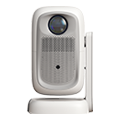
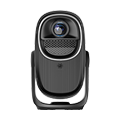



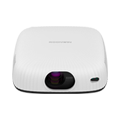
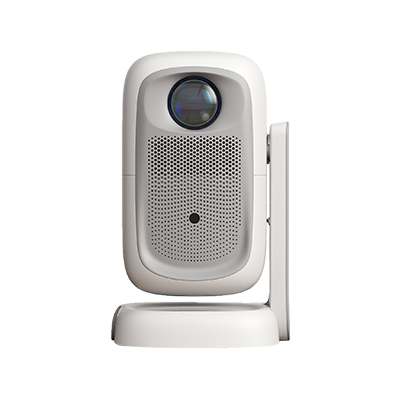
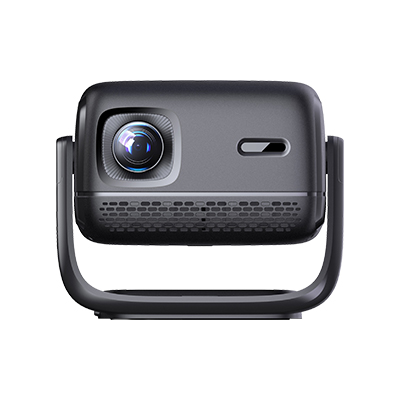
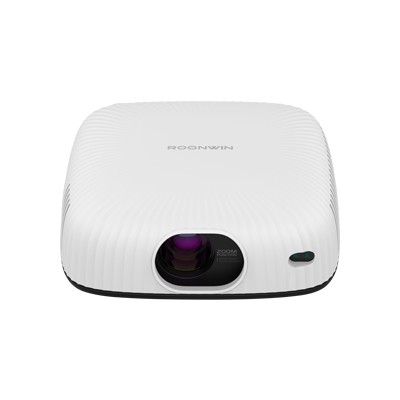









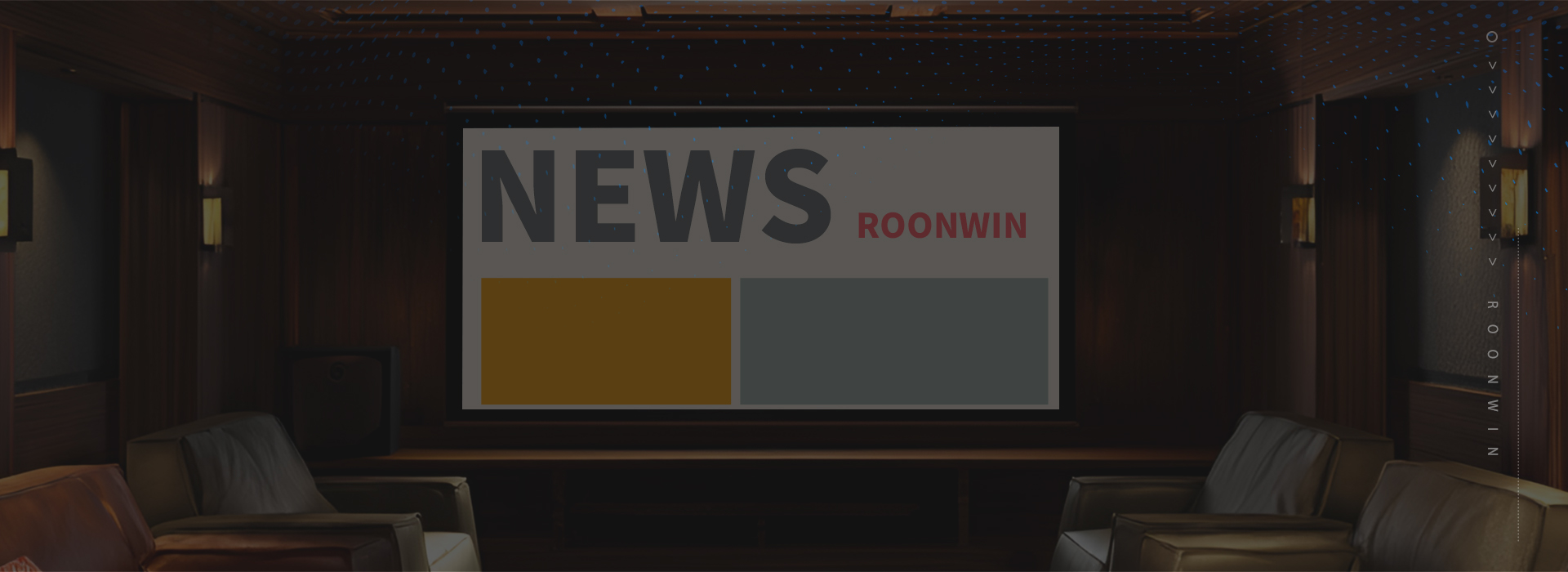
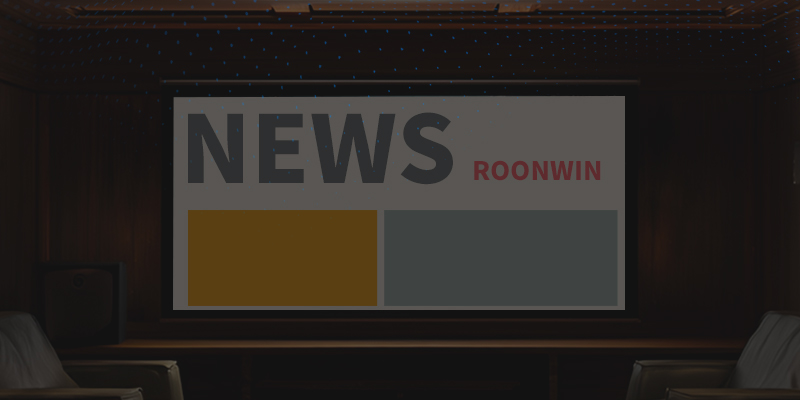
 Reviewed:
Reviewed:











